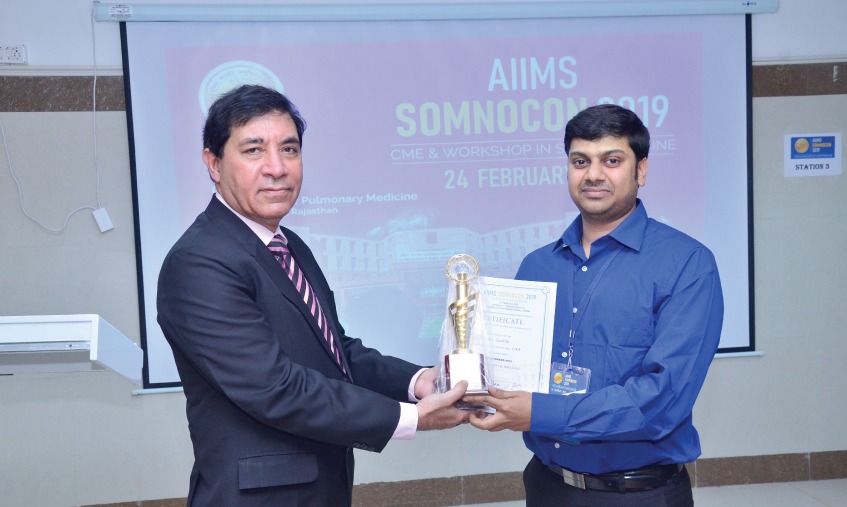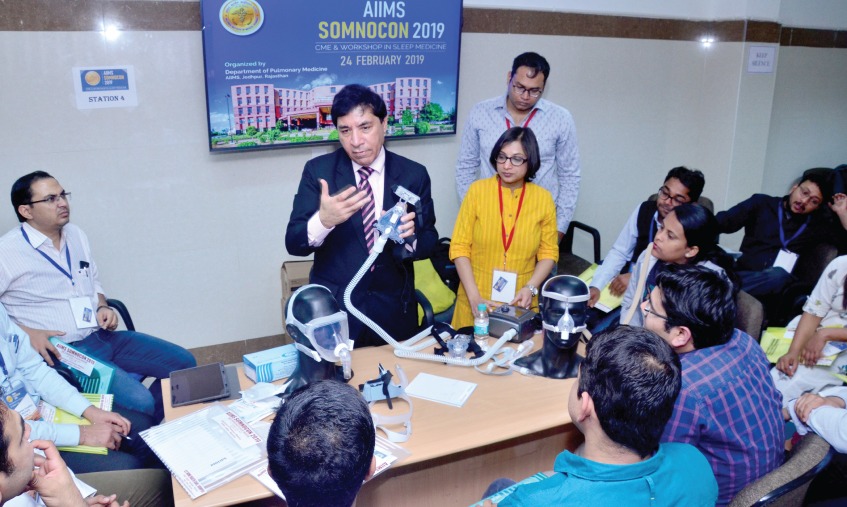Paediatric Pulmonologist in Delhi
In the dynamic landscape of child healthcare, paediatric pulmonologists play a pivotal role in ensuring the well-being of young ones. These specialized medical professionals are dedicated to diagnosing and treating respiratory issues in children, contributing significantly to overall pediatric health.
Role of Paediatric Pulmonologists
Paediatric pulmonologists are responsible for identifying and managing a range of respiratory problems in children, from common conditions like asthma to more complex cases such as congenital lung disorders. Their collaborative approach with other healthcare providers ensures comprehensive care for young patients.
Qualifications and Training
Becoming a paediatric pulmonologist requires a solid educational foundation in medicine, followed by specialised training in paediatric pulmonology. This ensures that these professionals are equipped with the knowledge and skills needed to address the unique challenges of pediatric respiratory health.
Common Respiratory Issues in Children
Children often face respiratory issues like asthma, bronchitis, and pneumonia. Paediatric pulmonologists specialise in understanding and treating these conditions, tailoring their approach to the specific needs of each child.
Advanced Diagnostic Techniques
Paediatric pulmonologists employ advanced diagnostic techniques, including pulmonary function tests and imaging studies, to accurately assess the respiratory health of their young patients. These tools aid in precise diagnosis and effective treatment planning.
Treatment Approaches
The treatment approaches vary depending on the nature and severity of the respiratory issue. Medications, respiratory therapies, and, in some cases, surgical interventions may be recommended to ensure the best possible outcome for the child.
Preventive Measures
Beyond treatment, paediatric pulmonologists emphasize the importance of preventive measures. This includes vaccinations and lifestyle modifications that can significantly reduce the risk of respiratory issues in children.
Choosing the Right Paediatric Pulmonologist
Parents seeking the services of a paediatric pulmonologist should conduct thorough research into the credentials of potential healthcare providers. Seeking referrals from pediatricians or other trusted sources can also guide families in making informed decisions.
Paediatric Pulmonology in Delhi
In the bustling city of Delhi, paediatric pulmonology has become an integral part of the healthcare system. With a growing awareness of the importance of specialized care for children with respiratory issues, the region boasts a commendable number of skilled and experienced paediatric pulmonologists.
Challenges in Paediatric Pulmonology
Despite the progress in the field, challenges persist. Limited awareness about paediatric pulmonology and uneven access to specialized care in certain areas pose hurdles for families seeking the best possible care for their children’s respiratory health.
Future Developments in Paediatric Pulmonology
The future of paediatric pulmonology holds promise, with ongoing advances in research and technology. These developments aim to further improve healthcare outcomes for children with respiratory issues, offering new and more effective treatment options.
Community Education and Outreach
Raising awareness about paediatric respiratory health is crucial. Community education programs and outreach initiatives help disseminate information about preventive measures and the importance of early intervention in respiratory issues.
Insurance and Financial Considerations
Understanding insurance coverage for paediatric pulmonology services is essential for families. Additionally, exploring financial assistance programs can provide support for those facing economic challenges while seeking specialized care for their children.
Conclusion
In conclusion, the role of paediatric pulmonologists in Delhi and beyond is indispensable in ensuring the respiratory health of the younger generation. Their dedication to diagnosis, treatment, and prevention contributes significantly to the overall well-being of children, offering them the opportunity for a healthy and fulfilling life.

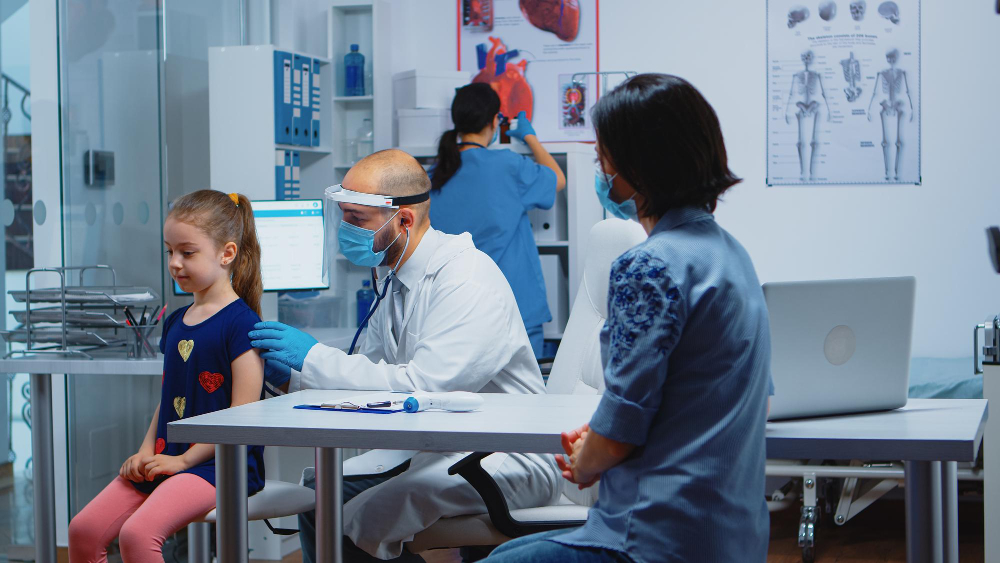
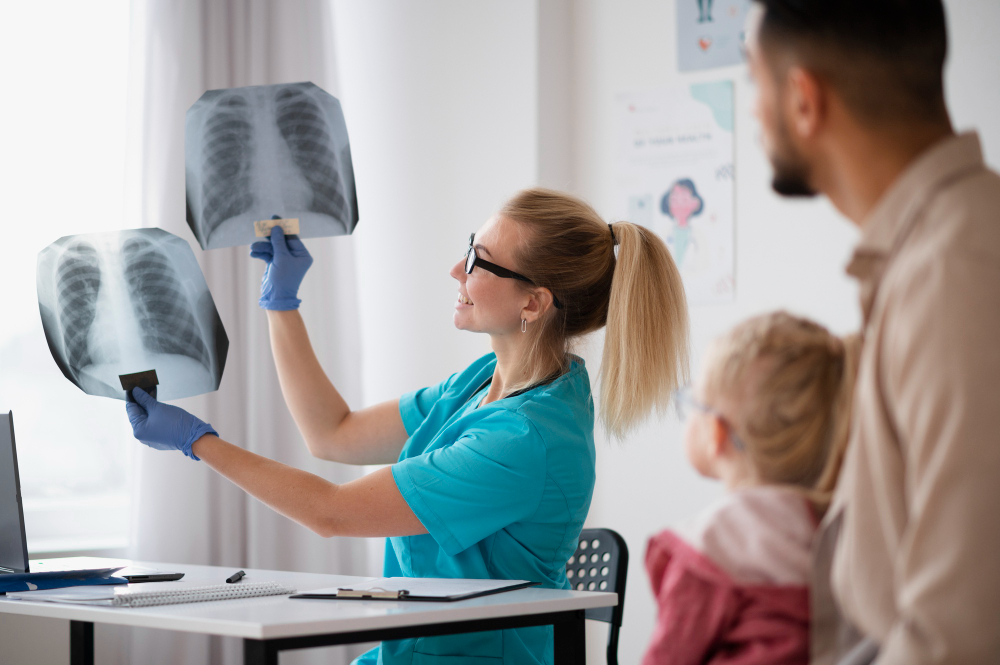

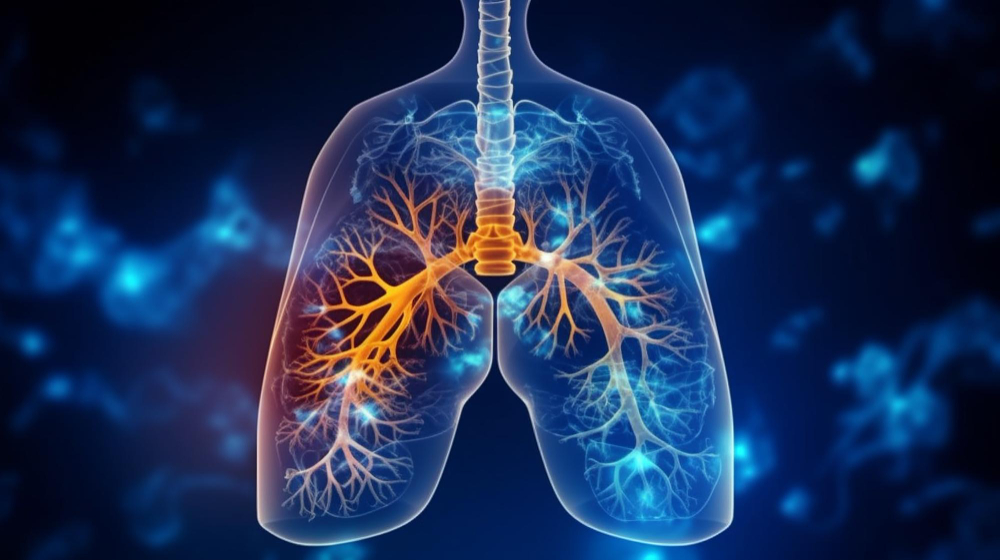
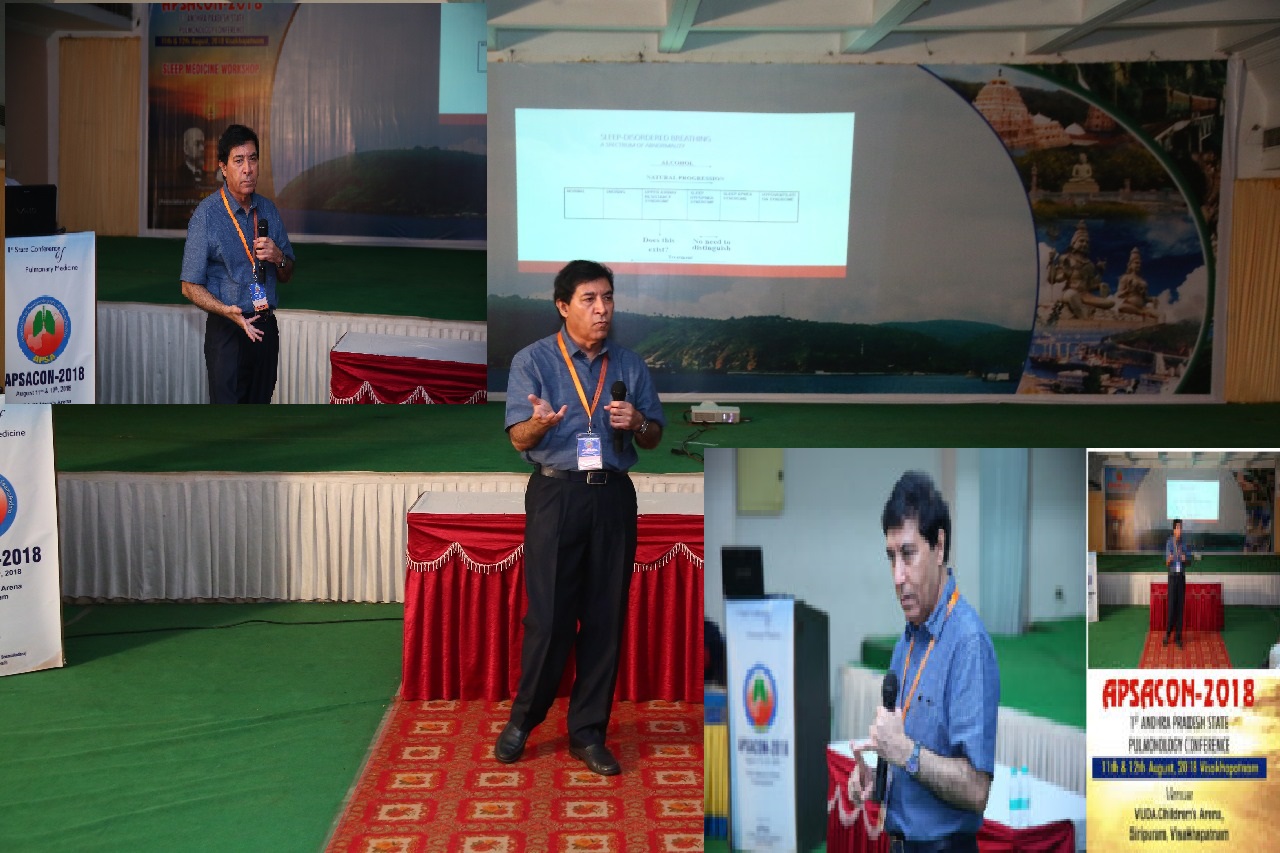
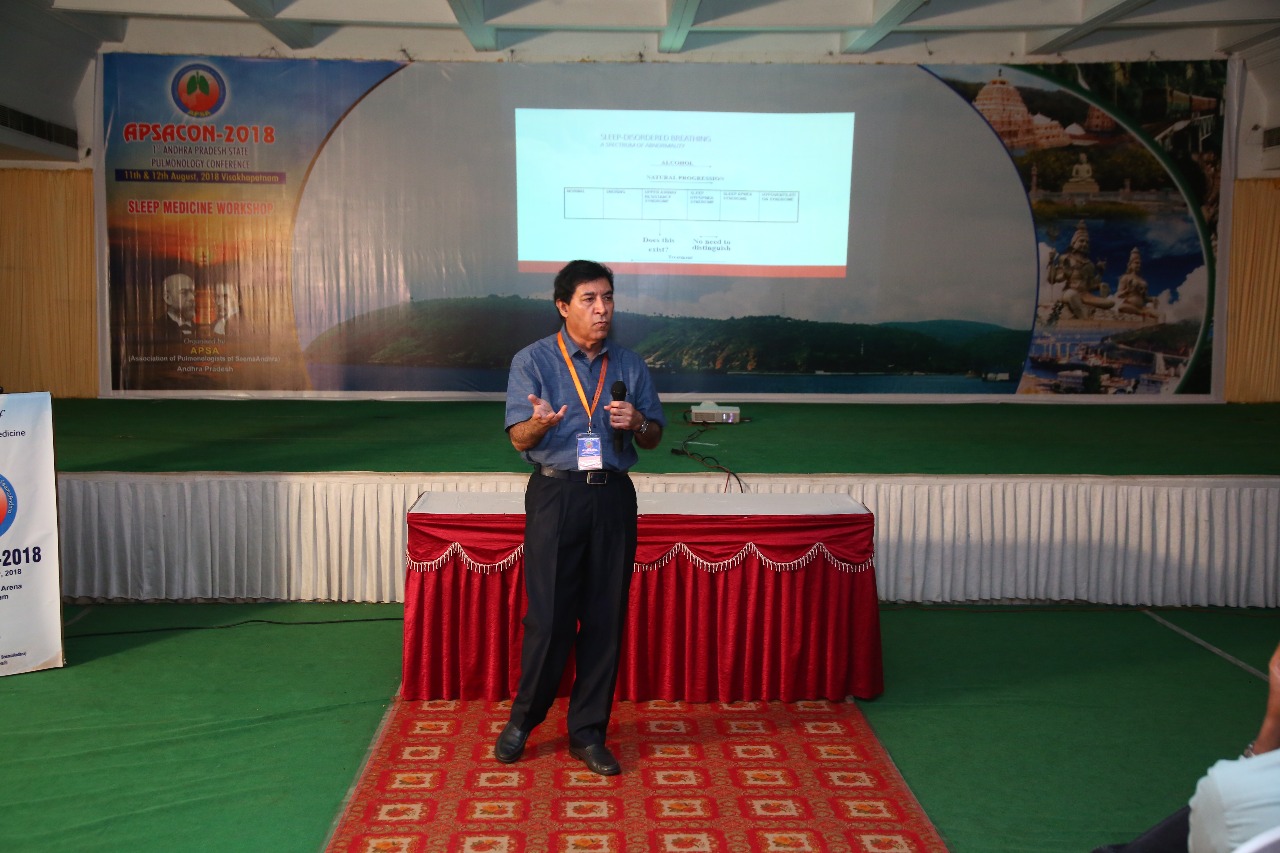


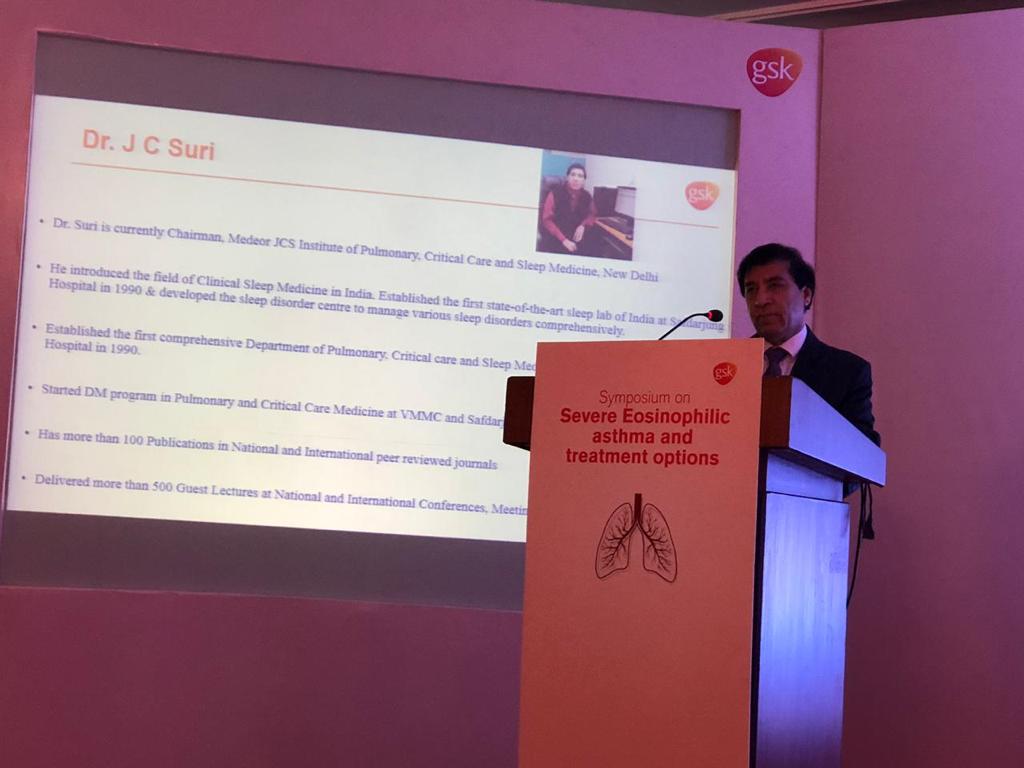
 Symposium on Severe Eosinophilic Asthma Treatment Options
Symposium on Severe Eosinophilic Asthma Treatment Options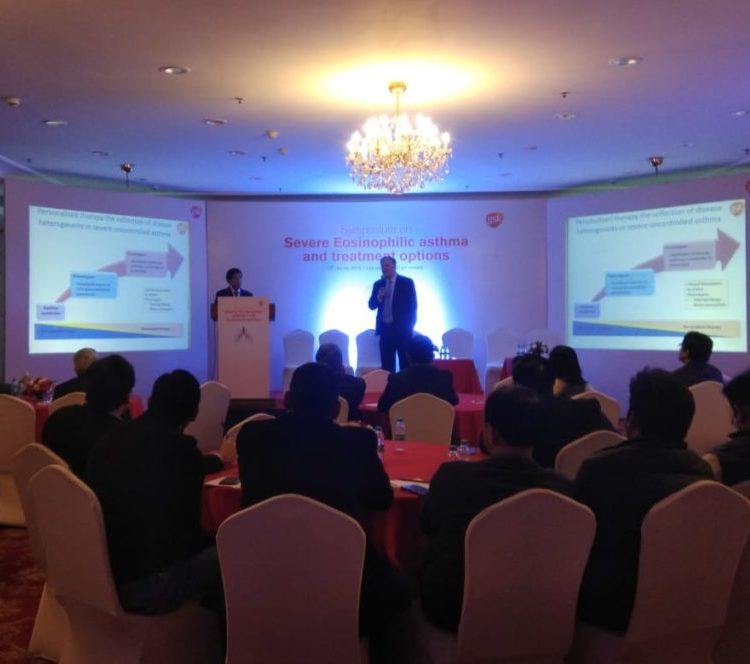 Pulmonary Education and Research Society (PERS) Jaipur
Pulmonary Education and Research Society (PERS) Jaipur